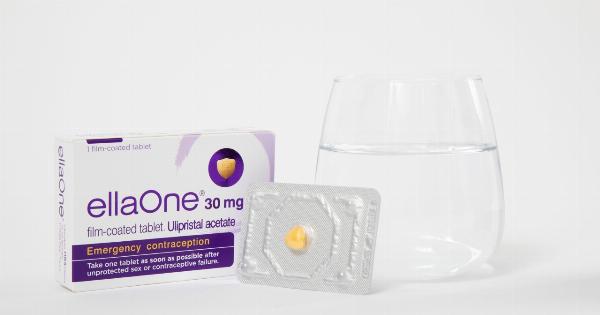The Food and Drug Administration (FDA) has recently updated its guidelines for food labeling, allowing consumers to make more informed choices when purchasing food products.
These changes have been in effect since January 1, 2020, and affect all packaged foods sold in the United States.
What are the new changes?
The new FDA food tag changes cover several areas of food labeling, including nutrition information, daily values, and serving sizes. Here are the key changes:.
Nutrition Information
The new regulations require that food manufacturers list the actual amount of nutrients, such as vitamin D and potassium, on the Nutrition Facts label, as well as the percent daily value.
This information will help consumers better understand the nutritional value of the food they are consuming.
Daily Values
Food manufacturers must now update the daily values used in calculating the percent daily value for nutrients such as sodium, dietary fiber, and vitamin D. These changes reflect current scientific understanding of the nutritional needs of Americans.
Serving Sizes
The new guidelines also require food manufacturers to use realistic serving sizes that reflect how much people typically eat. For example, a serving of ice cream will now be listed as 2/3 cup, instead of the previous 1/2 cup.
Why were these changes made?
The FDA made these changes to help consumers make more informed choices about the food they eat.
Research has shown that many Americans underestimate the amount of calories and nutrients they consume, and these new guidelines will help to address this issue.
What do these changes mean for consumers?
Consumers will now have access to more accurate information about the nutritional value of the food they are purchasing.
This will allow them to make more informed choices about the food they eat, which can help to improve overall health and reduce the risk of chronic diseases such as obesity, diabetes, and heart disease.
What do these changes mean for food manufacturers?
Food manufacturers will need to update their labeling to comply with the new guidelines. This may involve changes to packaging, nutrition information, and serving sizes.
Food manufacturers who fail to comply with the new regulations may face fines and other penalties.
Conclusion
The new FDA food tag changes are an important step in improving the health and wellbeing of Americans. By providing more accurate information about the nutritional value of food, consumers can make more informed choices about the food they eat.
These changes will also encourage food manufacturers to create healthier products that meet the needs of today’s consumers.






























